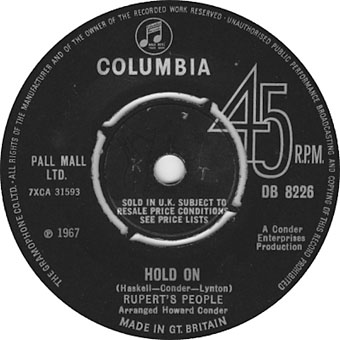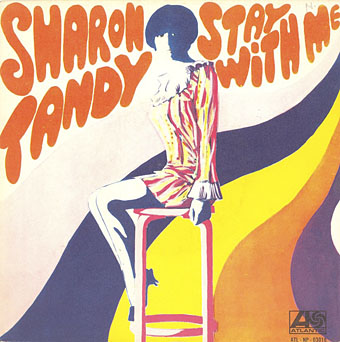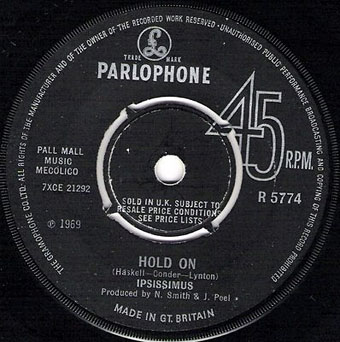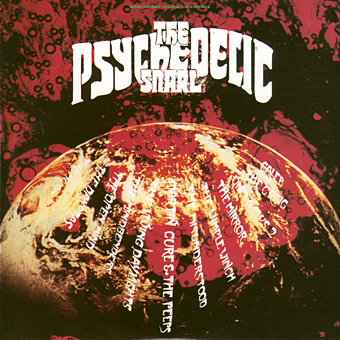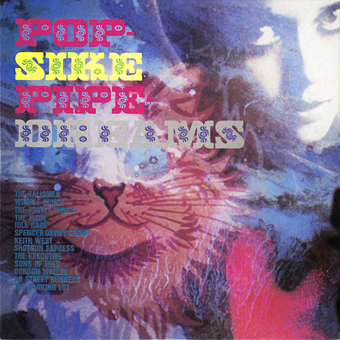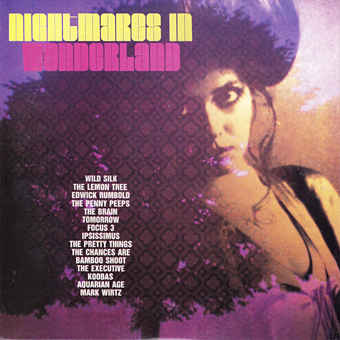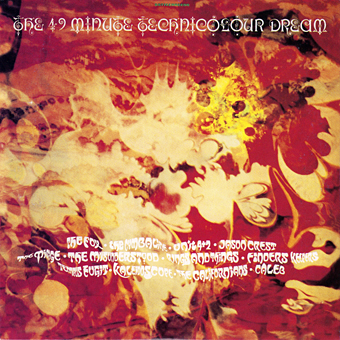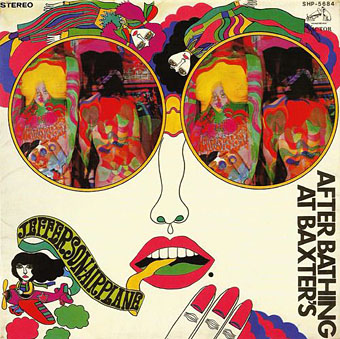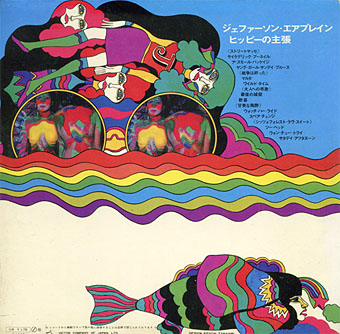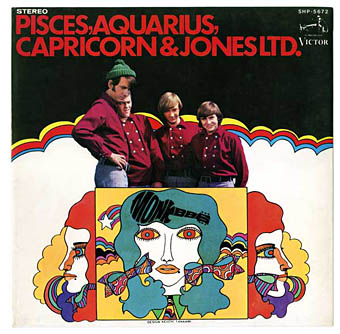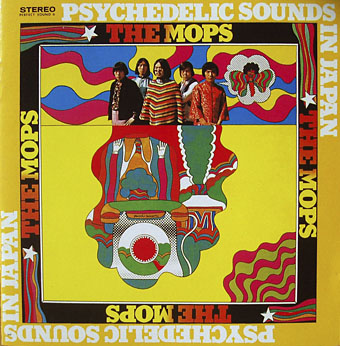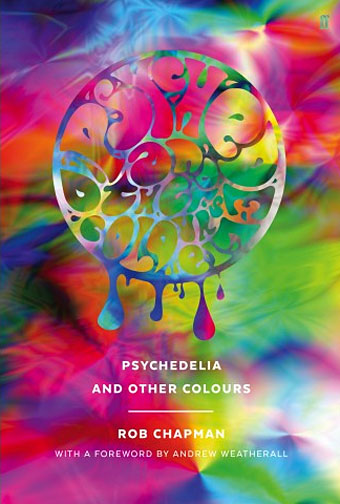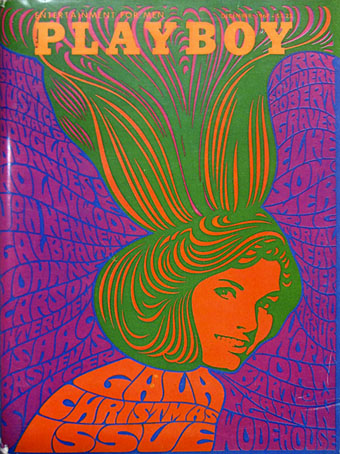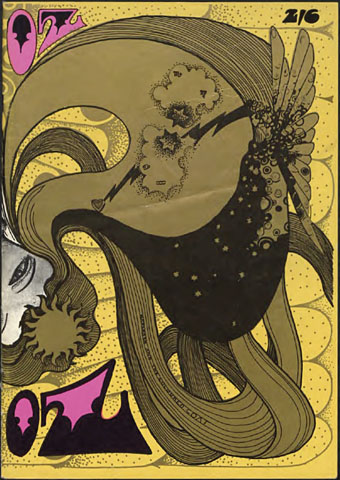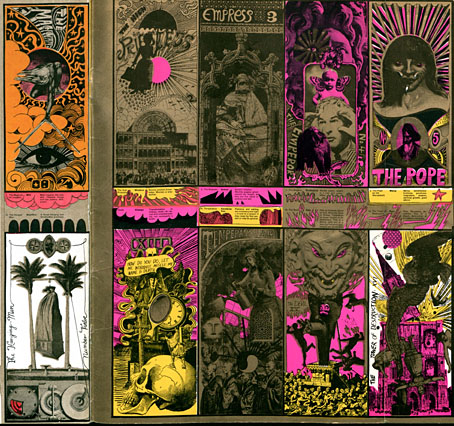More rubble from Rubble. This isn’t as revelatory as In The Past but I like the evolution. Two of these versions of Hold On are featured on the Rubble series while the original by Rupert’s People may be heard on other psych compilations.
Rupert’s People was the name that freakbeat group The Fleur De Lys adopted for a handful of psychedelic releases in 1967; the name Rupert probably refers to the Daily Express‘s Rupert Bear, a comic-strip character who famously lost his innocence three later in the Schoolkids’ Issue of Oz magazine. Fleur De Lys appear on Rubble 13 playing Gong With The Luminous Nose, their musical setting (with inevitable retitling) of Edward Lear’s poem The Dong with a Luminous Nose. Hold On was the B-side of Reflections Of Charles Brown, and is very much a hangover from the beat period: a good song but it doesn’t stand out the way the next version does.
Sharon Tandy left South Africa for London where she recorded a number of songs with The Fleur De Lys as her backing group. Her ace version of Hold On was also the B-side of Stay With Me in the UK but the French and US releases flipped the songs. This version and another Tandy/Fleur De Lys collaboration, the tremendous Daughter Of The Sun, leap out of Rubble 8. There’s a great clip of Tandy performing Hold On for Beat Club. The searing guitar solo is by Bryn Haworth.
The third version appears on Rubble 3, and may also be heard on another excellent psych collection, Insane Times: 25 British Psychedelic Artefacts From The EMI Vaults. Rock music was getting heavier by 1969 so this version subjects the song to high-pitched vocals, wah-wah pedal, incipient riffing and what might be a synth drone. Despite a band name indicative of magickal accomplishment Ipsissimus didn’t record anything else.
Previously on { feuilleton }
• Digging the Rubble
• Out Of Limits
• In The Past

